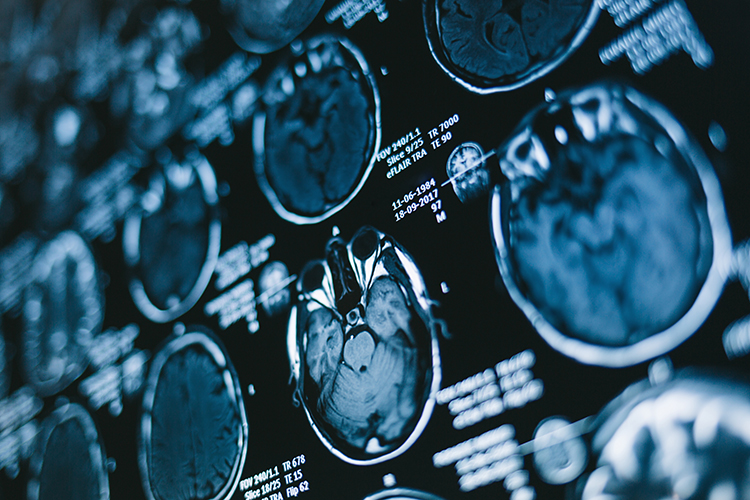Cerebrovascular disease includes the brain abnormalities that affect the circulation of blood to the brain, including stroke, carotid stenosis, vertebral stenosis, intracranial stenosis, aneurysms, and vascular malformations. Cerebrovascular disease can result in stroke or bleeding in the brain (hemorrhage).
Causes and Risk Factors
Cerebrovascular diseases primarily affect elderly people, those with diabetes or heart disease, or smokers. Hypertension is the most common cause. Continuous hypertension changes the structure of the blood vessels and makes them susceptible to blood pressure changes. A sudden rise in blood pressure can cause ripping of blood vessels and a hemorrhage. A drop in blood pressure could cause stroke.
Treatment
The majority of cerebrovascular problems can be identified through imaging tests like an MRI or CT scan. These tests allow neurosurgeons to view the brain tissue, arteries, and vessels. Treatment is determined by the extent of the brain abnormality and the condition of the patient. For some people, medication is prescribed to help reduce the risk of ischemic stroke. These include medication to control high blood pressure, medications to reduce cholesterol levels, and anticoagulants to thin blood and prevent it from clotting. For some people, surgery may be required.
